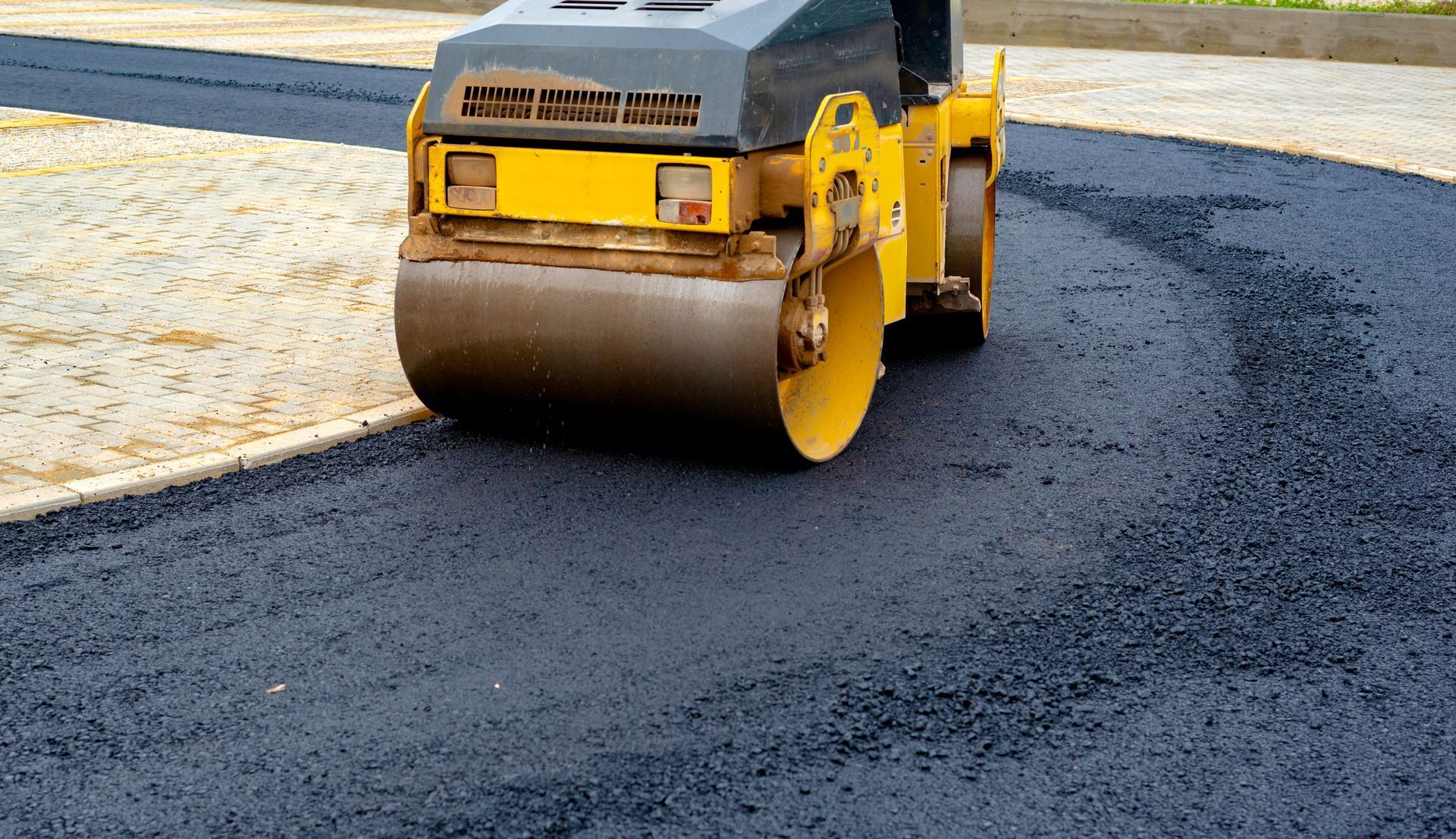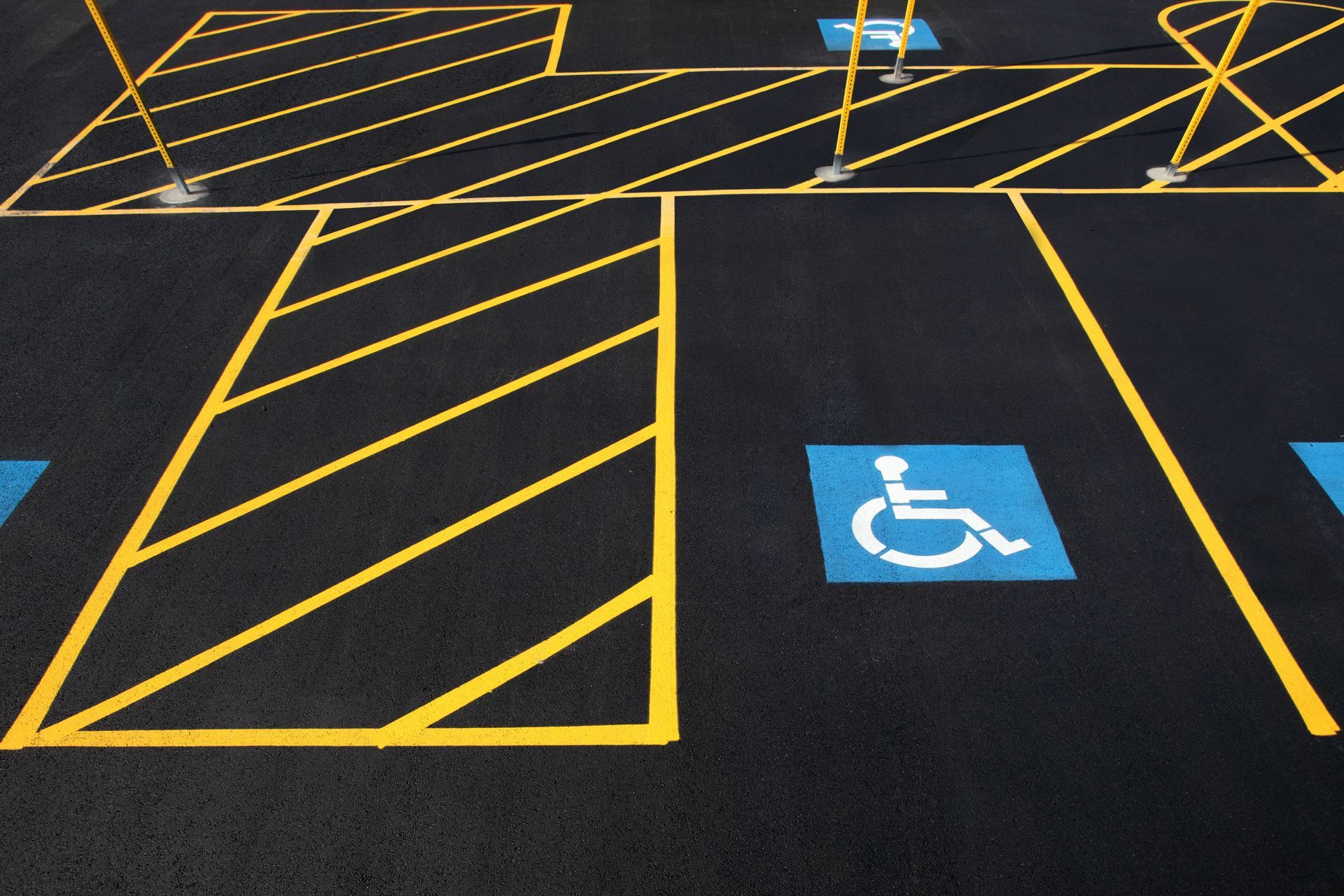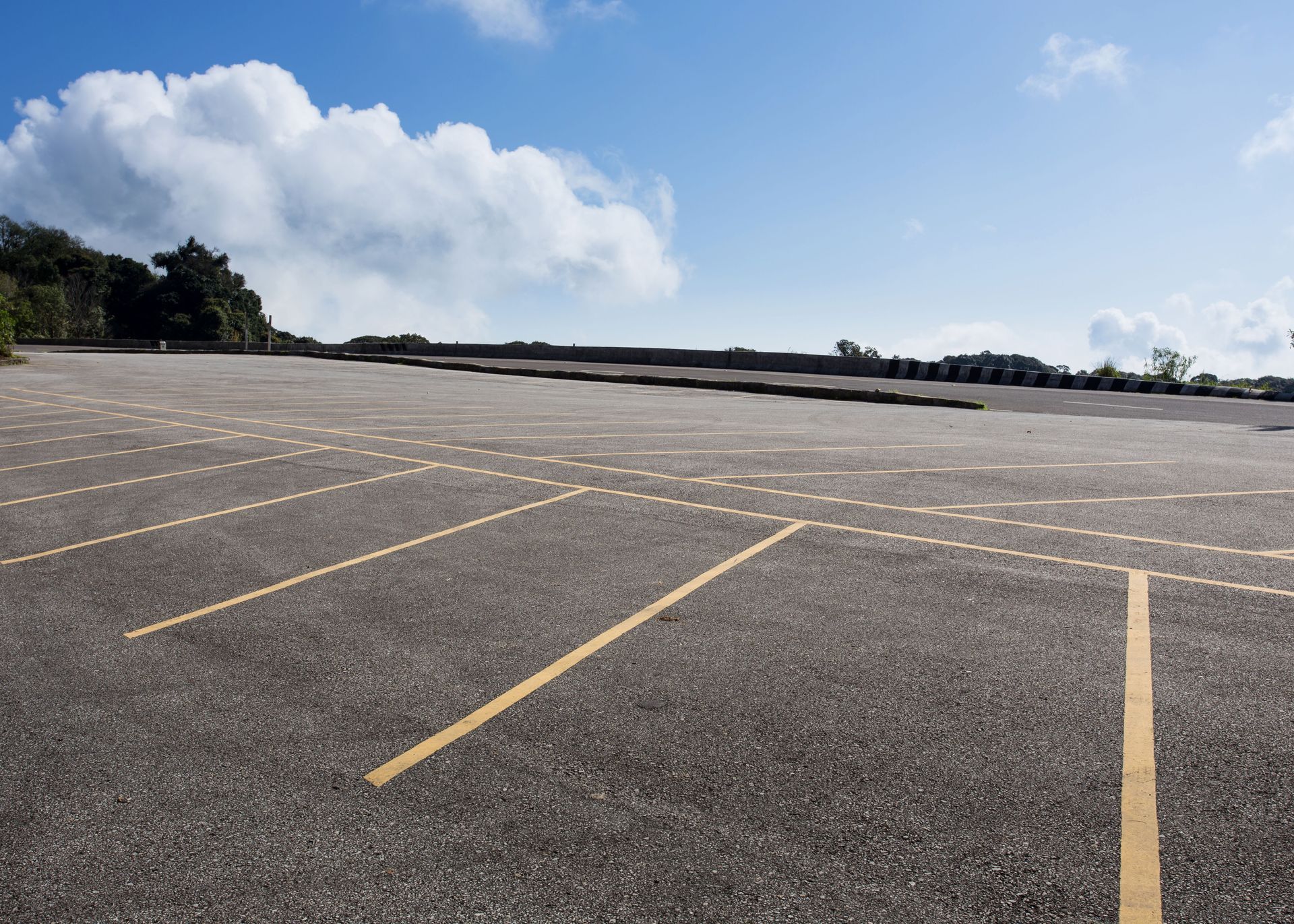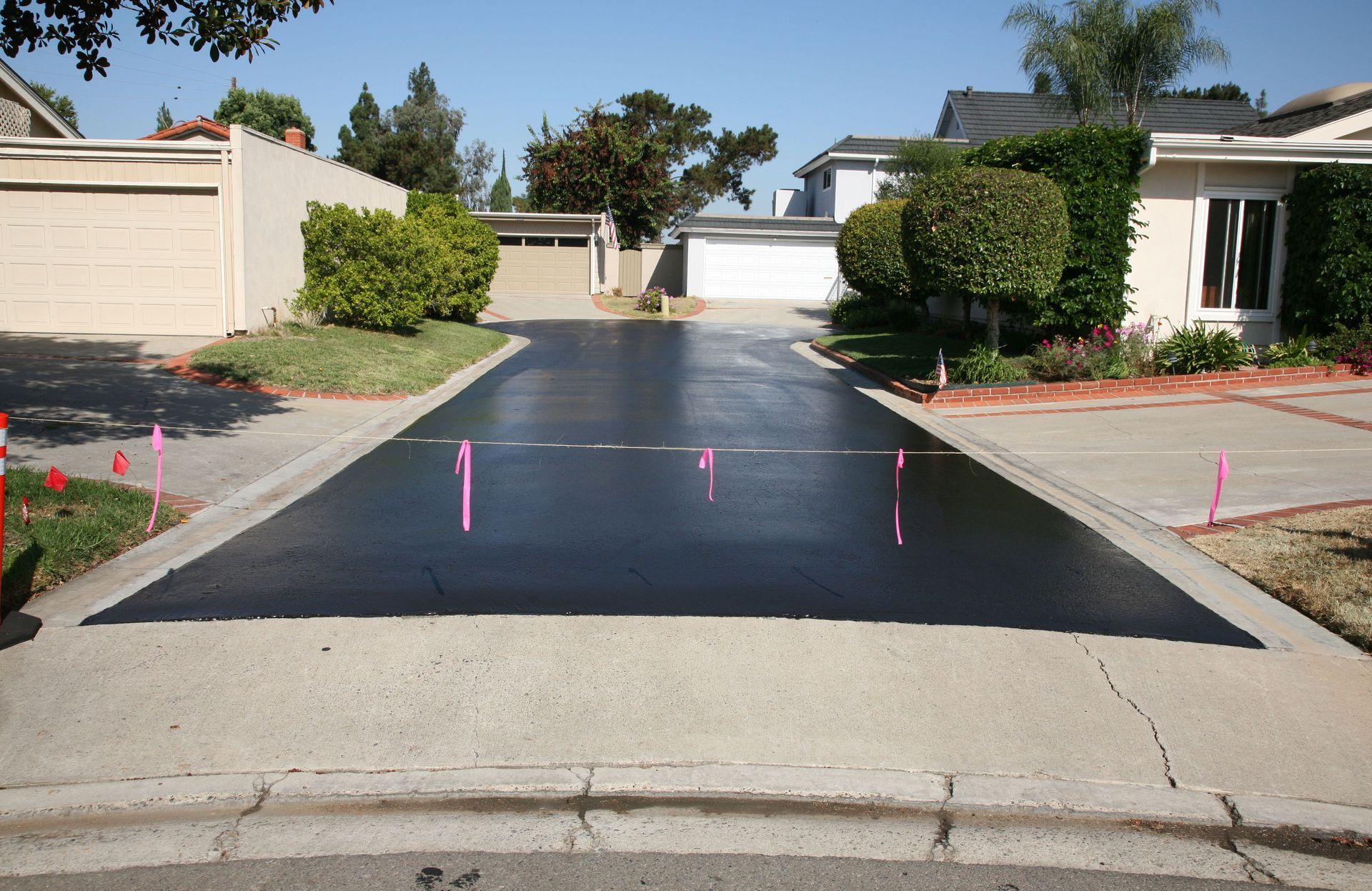July 15, 2025
When it comes to maintaining asphalt surfaces, understanding the difference between sealcoating and resurfacing is crucial. Both services play essential roles in the lifecycle of an asphalt pavement, but they serve different purposes and cater to different needs. Whether you're managing a parking lot, driveway, or road, choosing the right maintenance solution from asphalt services can enhance longevity, ensure safety, and improve the aesthetic appeal of your asphalt surfaces.
Protecting Asphalt Surfaces With Sealcoating
Sealcoating acts as a protective barrier over existing asphalt, securing it from the damaging effects of weather, oil spills, and oxidation. This method is typically used for asphalt surfaces that show signs of minor wear and tear but are fundamentally in good condition. Regular sealcoating can extend the life of your asphalt, providing added resistance against fading and cracking, which in turn delays costly repairs.
Renewing Damaged Pavement Through Resurfacing
On the other hand, resurfacing is a more extensive process that involves laying a new layer of asphalt over an existing pavement, essentially creating a fresh surface. This procedure is necessary when the asphalt has considerable damage, such as extensive cracking or potholes, that sealcoating cannot adequately address. Resurfacing not only repairs the surface but also reinforces the structural integrity of the pavement, ensuring it can withstand ongoing traffic and adverse weather conditions.
Emphasizing the Importance of Asphalt Maintenance
According to IBISWorld, asphalt is the preferred material for 90% of parking lots in the U.S. due to its durability, cost-effectiveness, and ability to withstand heavy traffic and weather conditions. This preference underscores the importance of regular maintenance like sealcoating and resurfacing to maximize the benefits of asphalt surfaces. Choosing the right service can help property owners save significantly by preventing premature degradation and preserving the quality of their high-traffic areas.
Deciding between sealcoating and resurfacing largely depends on the current condition of your asphalt surface and the underlying structural needs. Opt for sealcoating if your asphalt is relatively intact and needs protection against the elements, while resurfacing is ideal for heavily damaged surfaces requiring a solid overhaul. By investing in the appropriate maintenance, property owners can ensure the longevity and aesthetic appeal of their asphalt surfaces, ultimately leading to more cost-effective and durable outcomes.
Call B&H Blacktopping today to learn more about our asphalt services .






